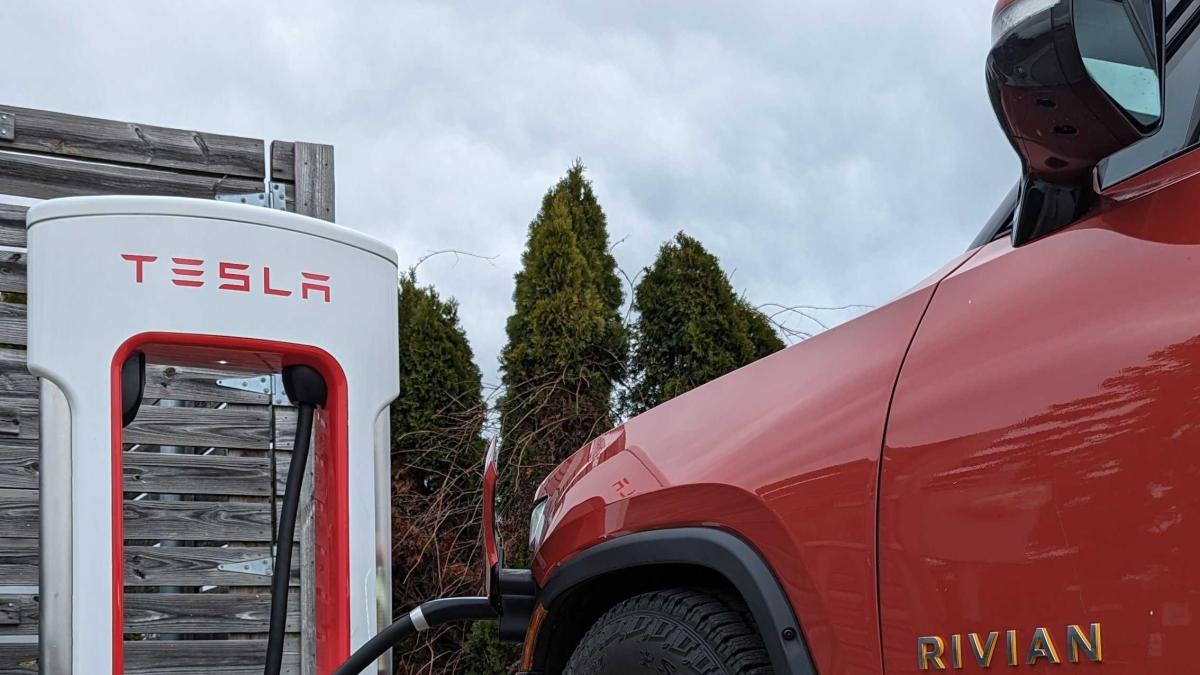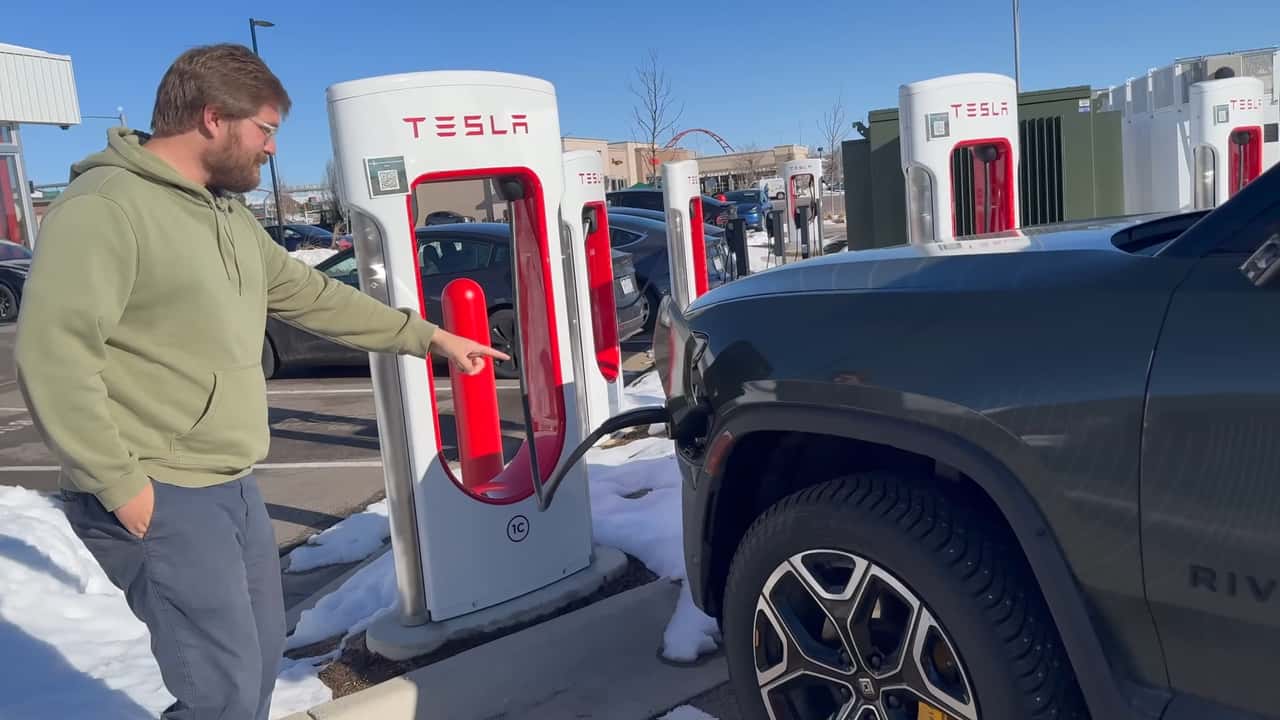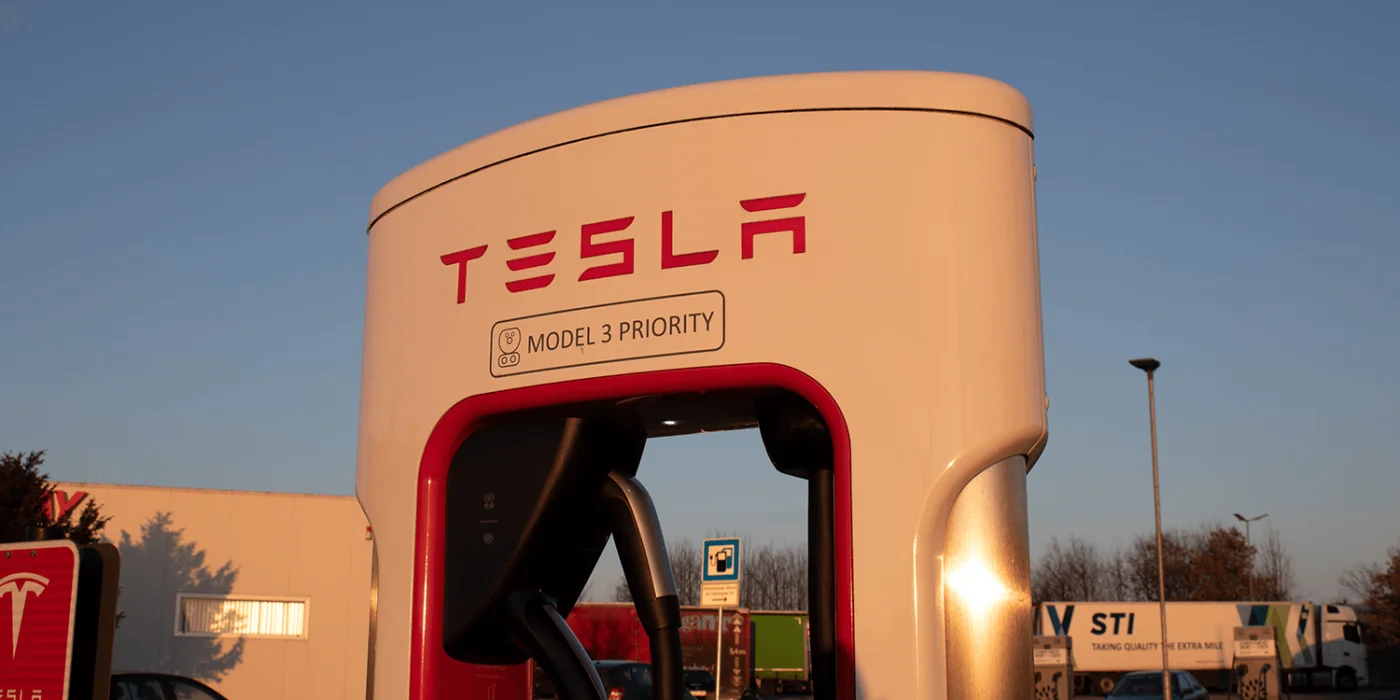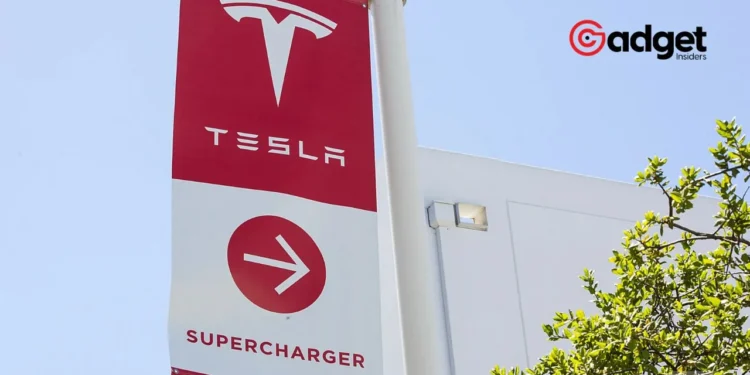In a recent incident that sparked a lively discussion among electric vehicle (EV) enthusiasts and owners, a confrontation unfolded at a California Supercharger station involving a Rivian driver and a Tesla owner. This event not only shed light on the need for greater awareness and communication within the EV community but also reflected the broader implications of the EV giant’s decision to open its charging network to other brands.

Tesla: A Charged Encounter
The conflict began when a Rivian R1S driver, who had just taken delivery of his new vehicle, attempted to use a Supercharger station. He was confronted by a Model Y owner who was surprised to see a non-Tesla vehicle at the charger.
The Tesla owner, pointing to signs that stated “Tesla Vehicle Charging Only,” vehemently declared the action illegal and proceeded to call the police.
The Rivian driver, who was caught aback by the ferocity of the reaction, attempted to explain the situation, thereby drawing attention to a basic information gap that exists among certain owners of electric vehicles.
Some Tesla drivers were unaware of this change in rules, even though the firm had made a policy modification that allowed other brands to utilize its Supercharger network. Because of this incident, it is more important than ever for the electric vehicle company to improve its communication efforts concerning these innovative regulations.
Tesla Owner Calls Police on Rivian Driver Using Supercharger https://t.co/sYhPFBqsQC
— PCMag (@PCMag) April 14, 2024
Supercharger Sharing: A Policy Update
The Company’s decision to grant brands like Rivian and Ford access to its Superchargers represents a significant step toward a more unified and efficient EV infrastructure. Starting last month, select Superchargers became available to other EV vehicles equipped with an appropriate adapter.
By 2025, car manufacturers plan to adopt the Tesla-backed North American Charging Standard (NACS) port, eliminating the need for adapters and simplifying the charging process.
However, the incident at the Supercharger station reveals the practical challenges of this transition. For example, the charge ports on other EV vehicles are often located differently than those on Teslas, which can lead to logistical issues, such as the need to park in a manner that blocks multiple charging stalls.

Community Reaction and the Way Forward
Following the incident, the Rivian driver shared his experience online, stressing the importance of better education and fostering a more inclusive community dialogue.
He expressed hope that this incident could catalyze constructive discussions about the future of EV charging infrastructure, particularly as more non-Tesla vehicles begin using Superchargers.
The community’s response to this situation has been mixed. While some owners admitted to being unaware of the policy changes, others anticipated potential conflicts due to the ongoing presence of “Tesla Charging Only” signs at some stations.
This mixed awareness indicates a clear need for ongoing education and updated signage to reflect the new realities of shared charging facilities.

Moving Forward
As the EV market continues to grow and diversify, incidents like the one in California are likely to become more frequent.
They highlight the necessity for all stakeholders—manufacturers, infrastructure providers, and vehicle owners—to engage in open communication and adapt to the evolving landscape of electric vehicle charging.
Only through shared understanding and cooperation can the transition to a more inclusive EV future be smoothly managed.









